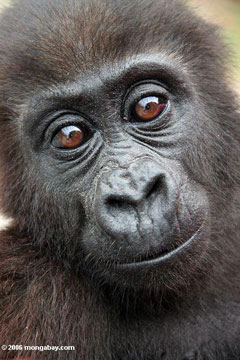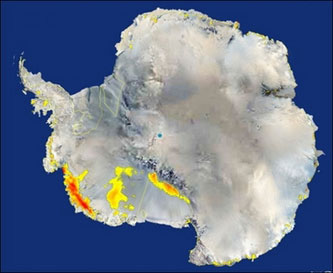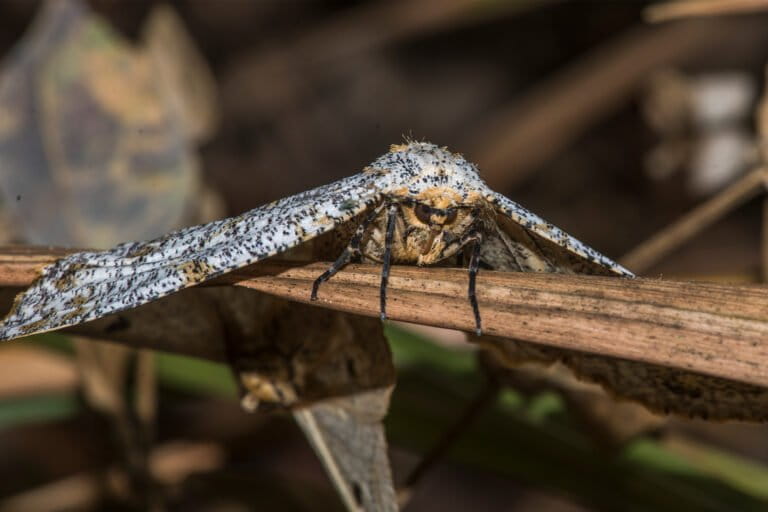Top ten threatened species named by WWF
Top ten threatened species named by WWF
mongabay.com
May 16, 2007
The World Wildlife Fund (WWF) announced its top ten list for species in need of trade protection ahead of the upcoming Conference of the Convention on International Trade in Endangered Species (CITES) in The Hague, The Netherlands.
The group says that while the list includes the usual charismatic species like tigers and Asian rhinos, some inconspicuous marine species have been added due to their rapid recent decline as a result of markets demand.
“The decisions made at CITES are critically important for species threatened by illegal or unsustainable trade,” said Crawford Allan, director, TRAFFIC North America. “The priority species listed here either cannot sustain the current levels of harvest and trade or the illegal trade that continues despite it being banned under CITES. The CITES Conference is an opportunity for the world’s governments to do something and the United States has a major role to play in making CITES work.”
The top ten list from WWF follows.
migratory shark. There is international demand for, and trade in, its high-value meat and fins. It is also used as fertilizer. WWF calls upon governments to include the species in CITES Appendix II.

Sumatran Rhinoceros (Dicerorhinus sumatrensis) at the WCS-run Bronx Zoo in New York. The Sumatran Rhino once lived throughout southeast Asia but today is only found in the rainforests on Sumatra, an island in Indonesia. The Sumatran Rhino is the smallest rhinoceros species, as well as the one with the most fur. There are only about 300 Sumatran Rhinos left in the world because of hunting and deforestation. Photo by Rhett A. Butler
|
Asian rhinos — Historically hunted for their horn, a prized ingredient in traditional Asian medicines, and devastated by the destruction of their lowland forest habitat, Asian rhino populations are now distressingly small. An upsurge in poaching over the last few years is taking its toll even on populations that were thought to be stable. WWF calls upon governments to step up enforcement efforts, and assist countries such as Nepal to stop the poaching.
 Young gorilla in Gabon. Photo by Rhett Butler |
Great apes — Wild populations of great apes (gorillas, chimpanzees and orangutans), continue to decline drastically and are threatened by the combined effects of illegal trade in live animals (usually for pets), poaching for meat, disease and habitat disturbance, fragmentation and destruction. WWF calls on governments and CITES to stop this trade — including by adequately enforcing existing laws and imposing stiff penalties to deter would-be traders.

NASA’s QuikScat satellite detected extensive areas of snowmelt, shown in yellow and red, in west Antarctica in January 2005. Image credit: NASA/JPL |
“Antarctica has shown little to no warming in the recent past with the exception of the Antarctic Peninsula, but now large regions are showing the first signs of the impacts of warming as interpreted by this satellite analysis,” said Konrad Steffen, director of the Cooperative Institute for Research in Environmental Sciences at the University of Colorado, Boulder, who led the research team. “Increases in snowmelt, such as this in 2005, definitely could have an impact on larger-scale melting of Antarctica’s ice sheets if they were severe or sustained over time.”
The scientists said the 2005 melt created an extensive ice layer when water refroze following the melt, but that the water did not last long enough to flow into the ocean.
“Water from melted snow can penetrate into ice sheets through cracks and narrow, tubular glacial shafts called moulins,” Steffen explained. “If sufficient melt water is available, it may reach the bottom of the ice sheet. This water can lubricate the underside of the ice sheet at the bedrock, causing the ice mass to move toward the ocean faster, increasing sea level.”
The study, “Snow Accumulation and Snowmelt Monitoring in Greenland and Antarctica,” appears in the recently published book “Dynamic Planet.”
This article is based on a news release from NASA














